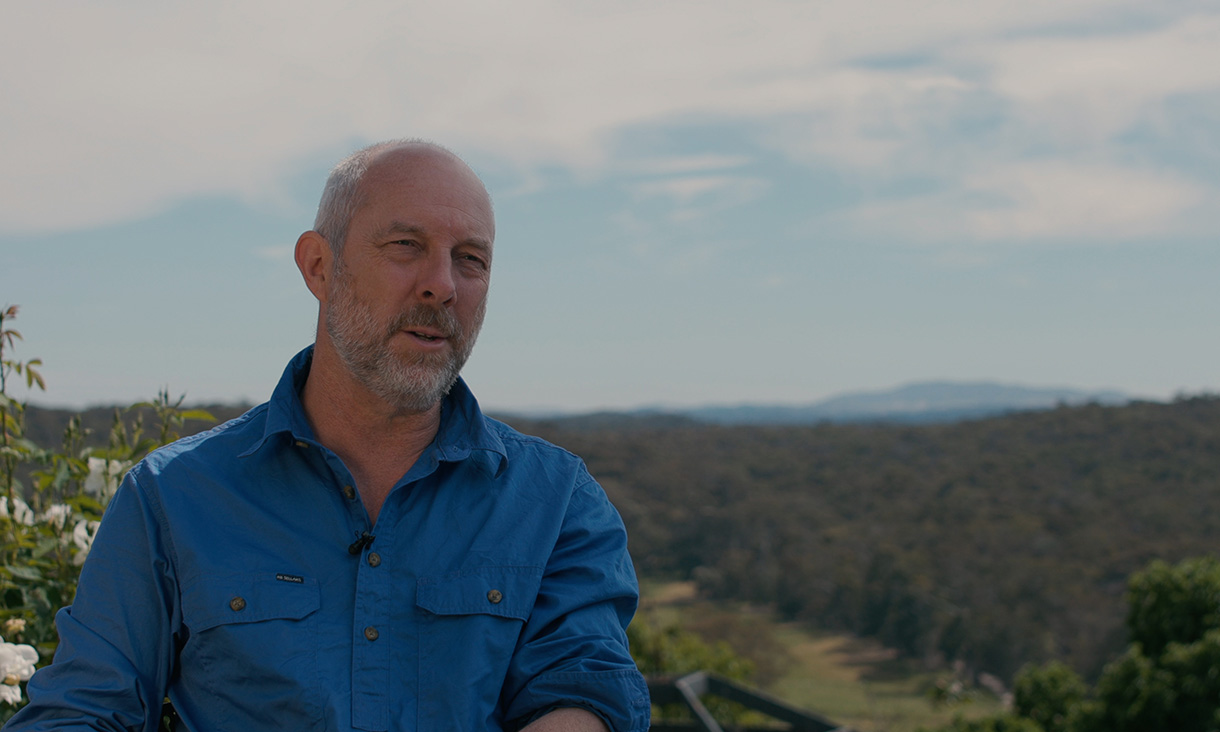Aussie invention predicts power line faults that can cause bushfires
An early fault detection (EFD) system designed at RMIT University is helping to prevent bushfires and blackouts in North America, Europe and Australia.

First published by RMIT University
An early fault detection (EFD) system designed at RMIT University is helping to prevent bushfires and blackouts in North America, Europe and Australia.
IND Technology, which has commercialised this innovation, is seeking funding from the Australian Government to assist with rolling out the EFD system across all single-wire earth return (SWER) networks around the country – about 200,000 kilometres of power lines – over the next 10 years.
With 2,500 units installed worldwide, the technology now monitors over 12,500 kms of powerlines and has prevented more than 750 failures and potentially saved lives. The technology covers up to 5 kilometres of power lines with 2 units.
Lead RMIT researcher, Professor Alan Wong, said the EFD system “can detect and locate faults on a powerline before they happen”.
“You can think of it like a smoke alarm for the power network,” said Wong, who is also the CEO of Melbourne-based company IND Technology.
“If you place enough sensors across the network, these sensors or alarm system will send out an alert when it thinks there’s a certain risk in the network.”
The EFD system is included in several wildfire mitigation plans in the US and Canada, where the Australian-made innovation is in high demand.
“According to a report by Adept Economics that we commissioned, every dollar spent on the EFD technology would generate $4.70 in expected benefits for Australia, in terms of the benefits from preventing bushfires and blackouts,” Wong said.
Wong said the patented sensing method and data processing algorithm can even identify the precise location of expected faults down to a 10-meter section of a powerline, and enabled more proactive and cost-effective management of electricity network assets.
“The EFD system is a passive-listening device,” he said.
“It listens to radio frequency signals travelling up and down power lines. Some of these radio frequency signals are generated by failing assets on the powerlines. The EFD system uses the radio frequency information collected by the sensors to work out where and which equipment is failing.”
With the EFD system, network owners can monitor every network asset 24/7, including during extreme weather when asset failures are likely to first appear.

On 7 February 2009, the Victorian town of Marysville was devastated by bushfire. The fire was allegedly caused by a break in an electrical conductor on a power pole near a local sawmill.
Jenny Pullen, a Marysville fire survivor, said she welcomed technology that could help prevent bushfires.
“We went to so many funerals,” she said.
“The bushfire took a huge toll and there’s still people who are trying to get over it and who will never get over it.”

During a trial of the technology, the EFD system developed by Wong’s team identified a failing conductor on Michael Thorne’s property in Victoria’s Porcupine Ridge.
“When I’m driving around the property, I’m looking at the stock or at the pasture, I’m not looking up at the powerline which is well above me, and it would be pretty hard to spot a broken strand even if you were paying a reasonable amount of attention,” Thorne said.
“The risk is that the power line breaks, drops to the ground and starts a grass fire. Grass fires can move very quickly, faster than a bush fire typically because the wind’s not interrupted as it flows across the grass and the fire could have swept up to the house, through the sheds and then beyond to adjacent farms very rapidly.
“In addition to the houses lost in a major fire, there’s the lives lost and lives disrupted. Fire can rip apart communities, it can destroy so much that matters.
“The idea of a fire ripping through my community is obviously deeply distressing and something that I’m keen to celebrate any tools that we have that can help reduce the risk of the kind of devastation we have seen across towns like Marysville and others in Victoria.”

Wong was thrilled when his team discovered the failing conductor on Thorne’s property that the EFD system had detected.
“We always tell people that this technology can potentially save lives and prevent fires. I think in Michael’s example it captured all this essence. It has prevented a potentially catastrophic fire,” he said.
Story: Will Wright




